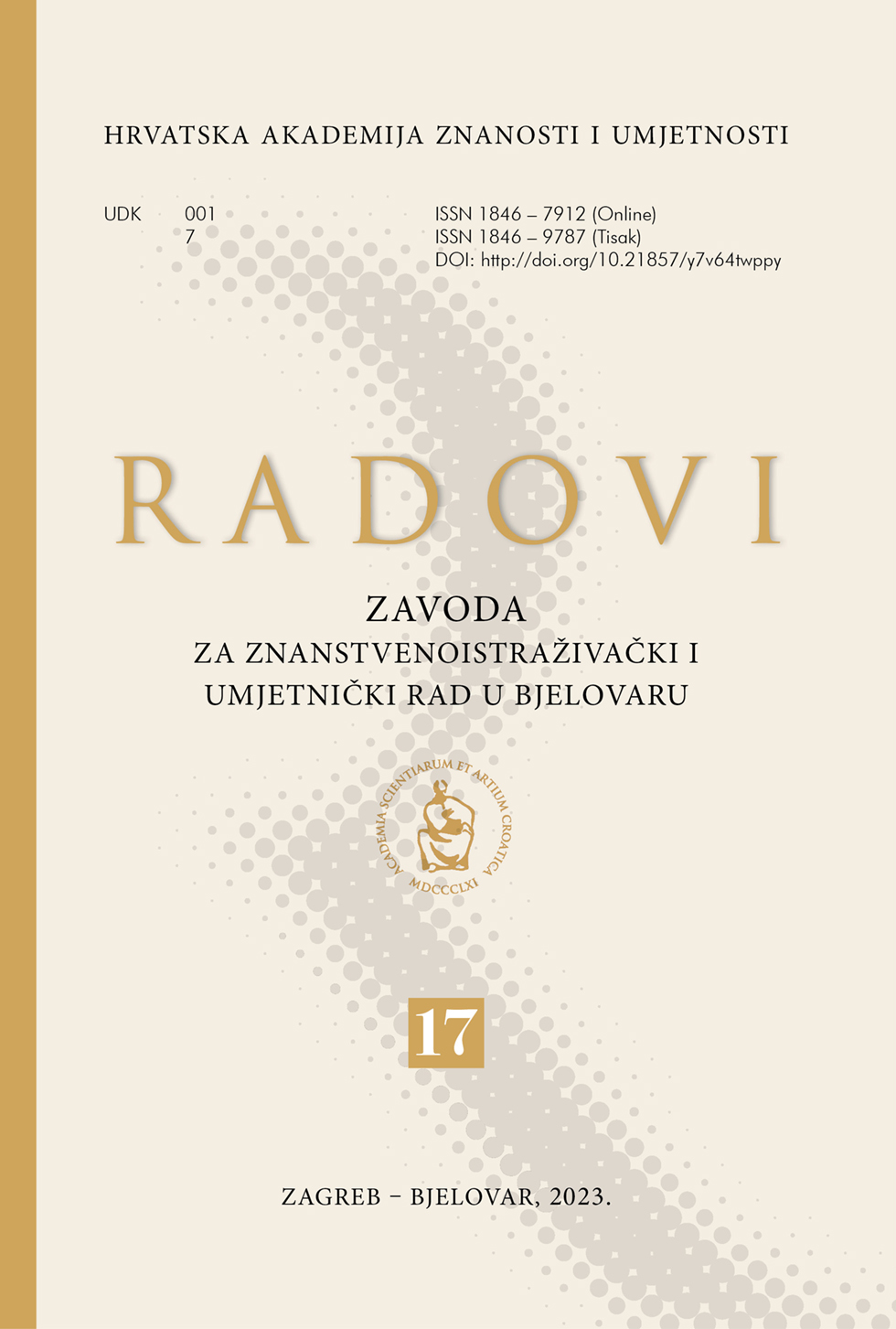Quo Vaditis, Scientia et Educatio?
Quo Vaditis, Scientia et Educatio?
Author(s): Rudolf KiraljSubject(s): Education, School education, Higher Education
Published by: Hrvatska akademija znanosti i umjetnosti - Zavod za znanstvenoistraživački i umjetnički rad u Bjelovaru
Keywords: exponential growth of knowledge; university textbooks; chemistry textbooks; bibliometric analysis; spherical harmonics; molecular structures; misinterpretations;
Summary/Abstract: Exponential growth of human knowledge i.e. of science and technology, becomes uncontrollable and more and more is in disagreement with linear biological development of humans. This work makes assessment of the impact of the exponential growth to education in terms of bibliometric analyses of university textbooks and case studies of visual nature in chemistry. Various bibliometric descriptors (number of pages, number of editions with years, font size, and maximum number of characters) were determined for books studied from 12 diverse areas of knowledge, and from 14 branches of chemistry. Case studies in chemistry (spherical harmonics, nucleophilic substitution reactions, and nucleic acid bases) were illustrated using modern calculation and visualization software and chemical databases. All textbooks studied exhibit the increase in the quantity of matter. There are several increase types, linear, parabolic, oscillating and others, visible when analyzing No. pages versus time scatterplots. Other descriptors show that some increase is always present. Increased rates from the first to the last edition of textbooks are higher in chemistry than in general knowledge. Converting them into additional time to study textbooks, they range from about 10 minutes to 100 minutes per day. This means students have to spend in general over 2 hours more, and in chemistry 2 – 4 hours per day more than their colleagues who had the first edition textbooks. The three case studies in chemistry indicate that many outdated misconceptions are not erased using modern computer technology, what makes studying textbooks more difficult. Textbooks systematically omit high quality computer-generated plots of various functions and molecular structures and instead, prefer using inaccurate schematic and artistic presentations. Such situation, in spite of the exponential growth of science and technology, persists for decades, coexisting with good calculation and plotting software and chemical databases. Remedies for this situation are not simple and they include radical changes of textbooks for a whole course.
Journal: Radovi Zavoda za znanstvenoistraživački i umjetnički rad u Bjelovaru
- Issue Year: 2023
- Issue No: 17
- Page Range: 55-103
- Page Count: 49
- Language: English

